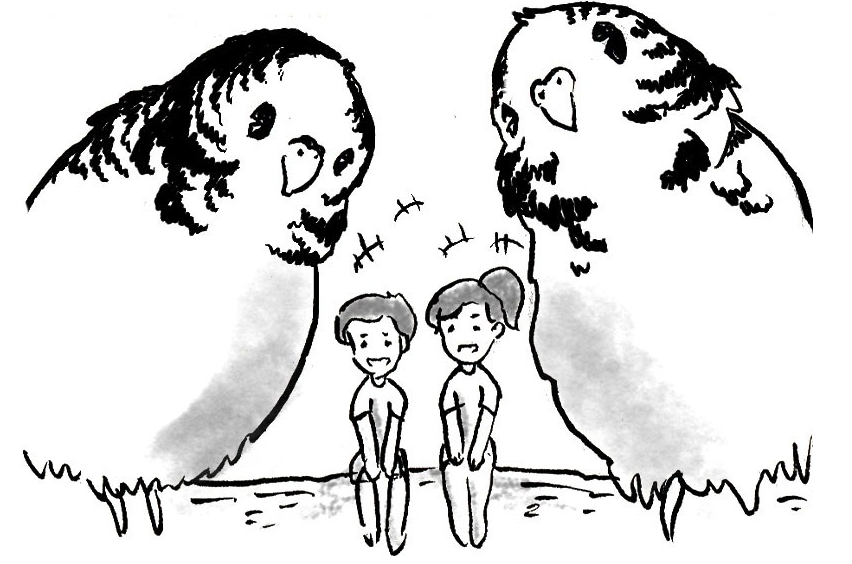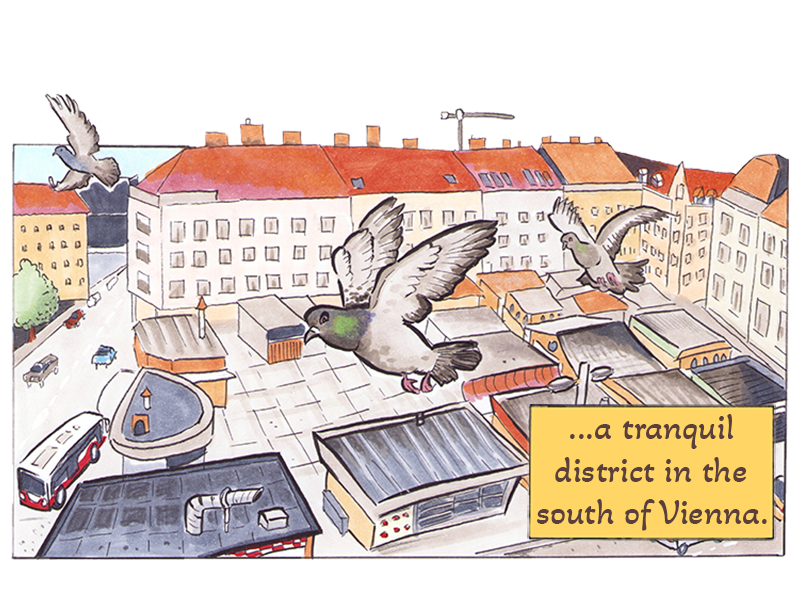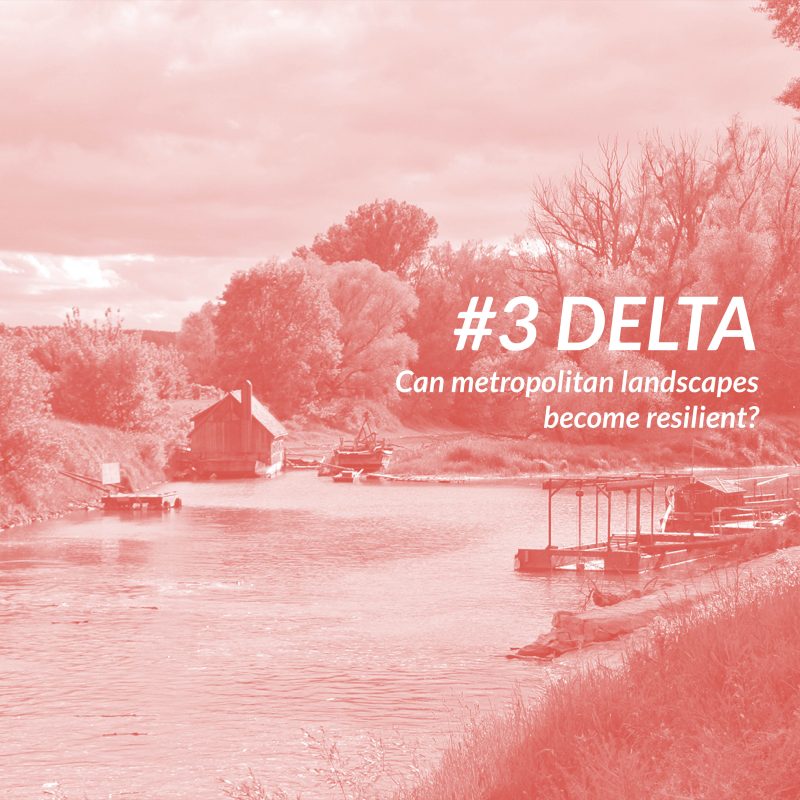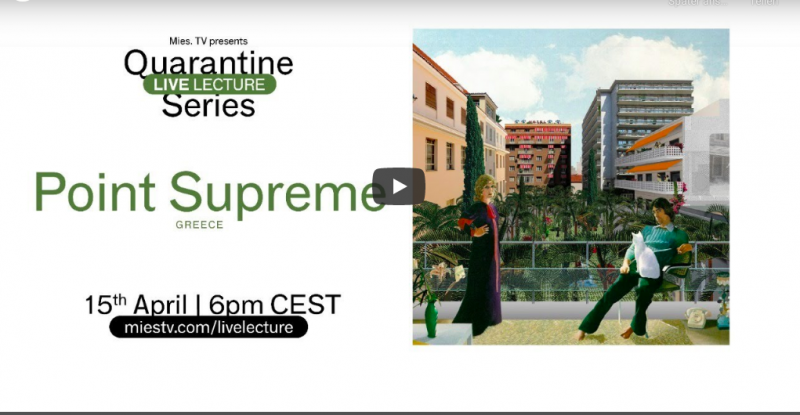Posted on: 21st April 2025

Interview with x-arts on the bioyuotoon project
BioYouToon is a dynamic Erasmus+ project that’s turning the page on how we talk about biodiversity. Launched with the goal of raising awareness and empowering young people through creative storytelling, BioYouToon fuses environmental education with digital innovation — especially through the power of webtoons.
Over the course of three years, the project has:
Released five youth-driven webtoons in five languages (English, German, Finnish, Turkish, Italian)
Created an interactive e-learning platform and an educational e-manual for youth workers and educators
Supported community-led conservation projects
Fostered partnerships between youth NGOs, researchers, and policymakers
Strengthened digital literacy and advocacy skills among young conservationists
At the heart of these comics is a vision: to simplify complex science, make biodiversity relatable, and inspire youth to lead change. One of the driving creative forces behind the webtoons is XsentrikArts (X-Arts), a Vienna-based storytelling powerhouse and project partner.
Today, we’re joined by Yilmaz Vurucu from XsentrikArts, who gives us a behind-the-scenes look into how comics are being used to spark conservation conversations across Europe and beyond.

How did XsentrikArts get involved with BioYouToon, and what was your creative mission?
Yilmaz : Thanks for having me! At XsentrikArts, our focus has always been using storytelling as a tool for change — and BioYouToon was a perfect fit. Our role was to lead the creation of the five webtoons, working with local illustrators to bring biodiversity stories to life. The goal was to translate scientific knowledge into emotionally engaging, visually rich narratives that speak to young people — and even better, encourage them to co-create and become part of the conversation.
That’s fantastic. How did you choose the stories and what themes did you focus on?
Yilmaz: We focused on stories that showcase real-world issues and offer different perspectives on biodiversity. Each webtoon was built around a central ecological theme. The stories were developed through workshops with trainers, trainees and illustrators. We were lucky to work with some amazing local illustrators, and I can’t pass this opportunity to thank them once more for their hard work and creative dedication: Moka Sheung Yan Wong, Dominic Sylvestre, Christian Moisl, Alice Cimador and Natalie Sandner.
The stories to emerge and come to fruition were the following (feel free to click on the title to access the webtoon):
- Ela & Kayra & The Magic Drawer – a playful, educational journey through diverse ecosystems for younger audiences.
Danny the Wool Carder Bee – a look at solitary pollinators and the impact of habitat loss.
- The Plight of the Sea Turtles – environmental threats faced by marine life and the human actions behind them.
The Mosquito Story – challenging misconceptions about species often seen as pests, and showing their role in ecosystems.
The Biologists’ Summer Home – a glimpse into scientific fieldwork and how researchers study and protect biodiversity.
We wanted the comics to be not just educational, but visually immersive, emotionally resonant, and action-inspiring.
Speaking of action — what kind of impact has the project had so far?
A lot, honestly! BioYouToon has been about empowering young people from the start. Some of our key outcomes include:
A comprehensive e-manual for educators and youth workers.
An interactive e-learning platform with training modules.
Youth-led conservation initiatives, from habitat restoration to wildlife monitoring.
Stronger collaborations between young activists, researchers, and decision-makers.
Increased digital literacy and advocacy using storytelling tools.
We’re not just handing over information — we’re building skills, networks, and leadership capacity so trainers can take real action in their communities. We’re also working, together with our local partner, the Vienna Biodiversity corridor, taking the training module to local schools. To view the work and impact of the biodiversity corridor, feel free to view the documentary we made on them:
I love that mix of creativity and education. How do the webtoons specifically support educators and youth workers?
That’s a key part of it. We designed the webtoons as well as the training modules to fit into educational frameworks — so they’re more than just content, they’re tools. Educators can use them to spark discussion, explain ecological concepts, or launch creative projects with youth. Combined with the e-manual and training modules, they offer practical, digital storytelling methods to make biodiversity education more immersive and accessible.
Amazing. And what would you say to young people who want to get involved?
You don’t have to be a scientist to make a difference. Whether you draw, write, organize, or code — your skills matter. Start small: read the comics, share them, talk about biodiversity with your friends. Use your voice, your creativity. You are the driving force of conservation.
Want to Learn More?
Explore the BioYouToon webtoons, educational materials, and upcoming opportunities here:
https://bioyoutoon-project.eu/results/



